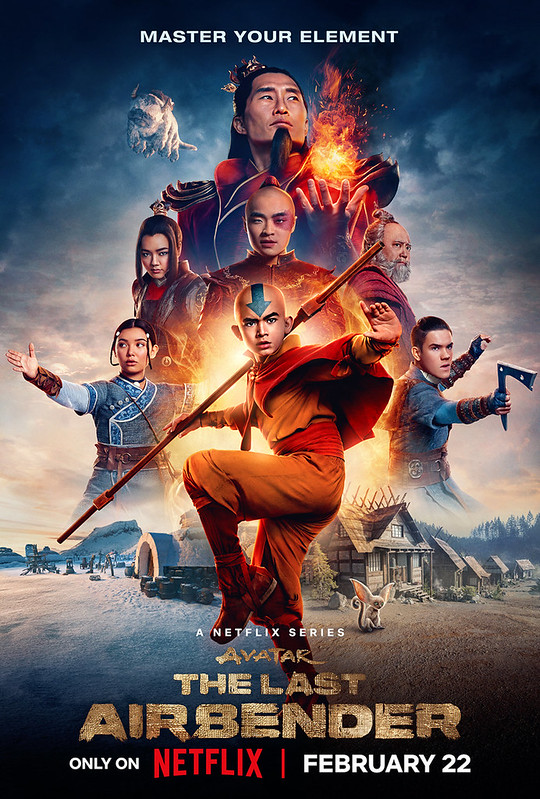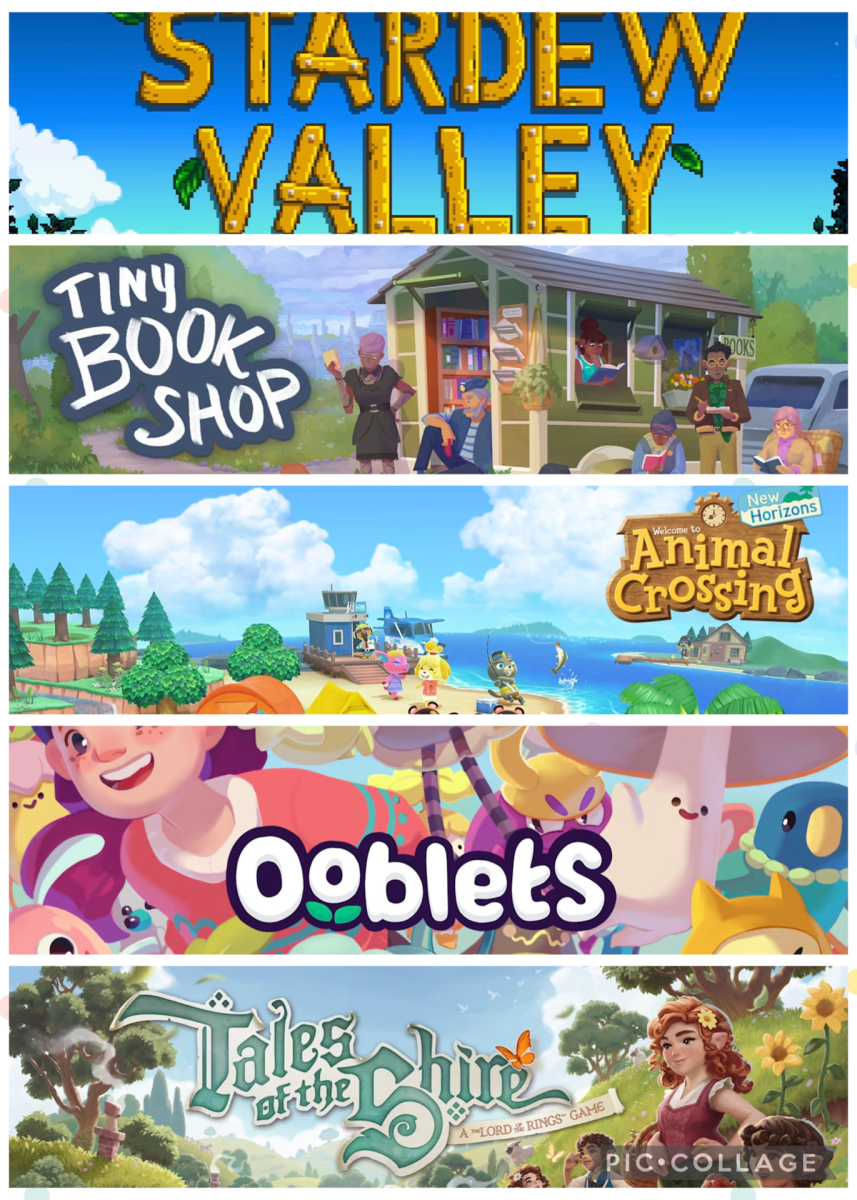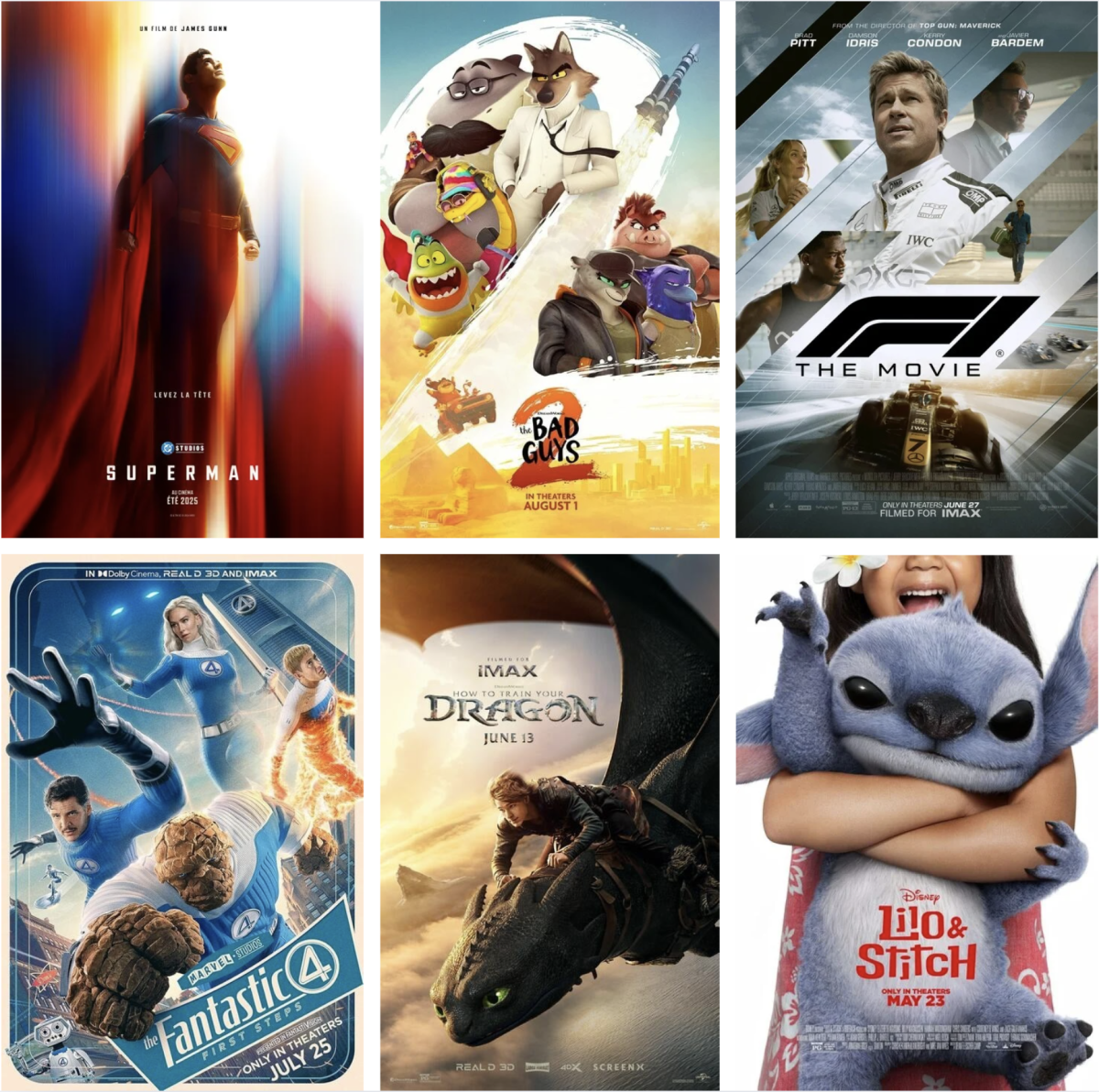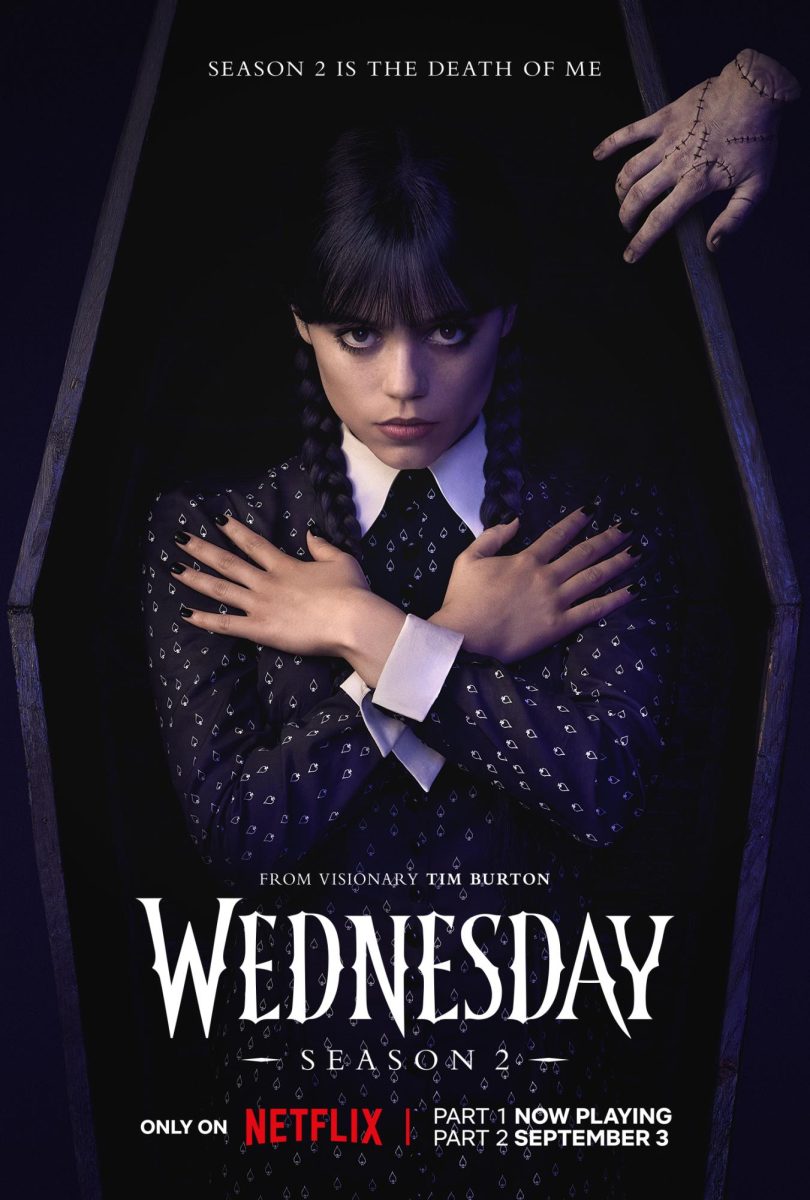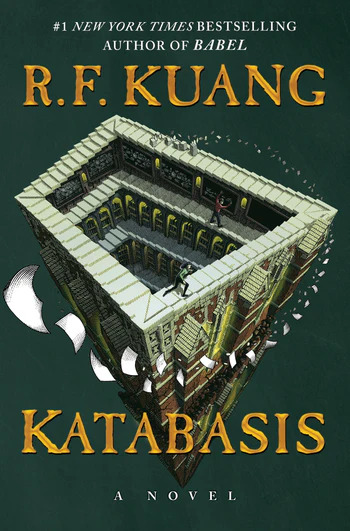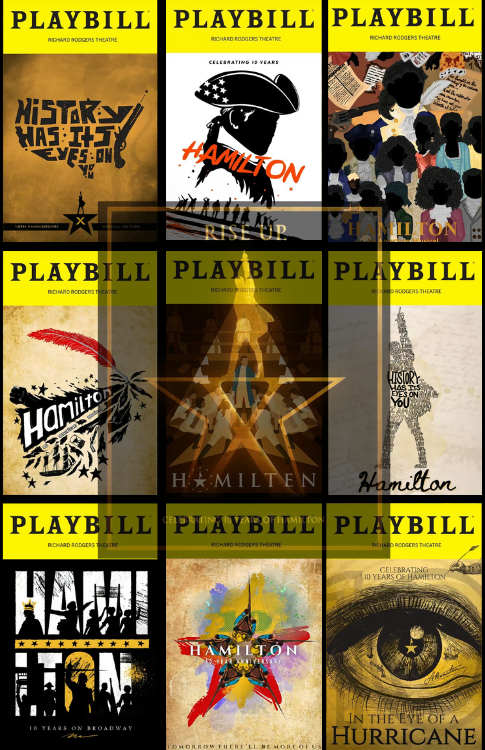After over a decade since the original animated TV show ended, “Avatar: The Last Airbender” is returning to Netflix’s front page on Feb. 22, 2024 with a new live action remake.
Even though a live action remake of the show had already been attempted through M. Night Shyamalan’s “The Last Airbender,” the overwhelmingly negative reaction to the movie caused the trilogy to be scrapped. Now, the show is being remade yet again, and once again, its quality is dubious due to the lack of oversight from the show’s original writers.
The show was first pitched back in 2018 when Netflix announced their plans to bring “Avatar: The Last Airbender” back to life in a live-action adaptation. Despite the previous failed attempt by Shyamalan, fans were cautiously optimistic since the original writers’ names were still attached to the new project.
The original animated show, which aired from 2005 to 2008, remains a beloved classic for several reasons. The first was the quality of the character writing. Viewers could immerse themselves in Aang’s journey, Katara’s determination to master waterbending, Sokka’s growth into a true leader and Zuko’s iconic redemption arc. While most other stories struggle to give every character depth and a full arc, every single member of team Avatar felt real, and their development is a testament to the skillful writing of the original creators, Bryan Konietzko and Michael Dante DiMartino.
This is perfectly exemplified through Zuko, debated as one of fiction’s greatest redeemed villains by fans, who first started as an immature, arrogant prince blindsided by his desire for honor and grew to become a level-headed king who valued those close to him. Moreover, attached to his story were Azula and Uncle Iroh, two characters beloved for their masterfully written downward spiral and wisdom, respectively.
On top of its character writing was the original series’s plot consistency and mix of brevity and emotional depth. The story was well-crafted, with a clear beginning, middle and end that was supported by subtle details over all three seasons, such as the reappearances of characters from previous episodes in the final battle. It also managed to sprinkle in comedic relief throughout, balancing humor with mature themes and creating a series enjoyable for every age.
The original series’ art direction and world building also played a crucial role in making the original series memorable. Coupled with its vibrant colors, detailed landscapes and creative fight choreography, the animation, character design and depiction of different bending styles created a unique and captivating world. These qualities are exemplified in the designs of the four nations, each one representing the ideology of their bending style through their architecture, clothing, and characterization.
With such a remarkable legacy to follow, there are concerns about the upcoming live-action remake. One of the most significant issues is the absence of direct oversight from Konietzko and DiMartino. When they departed from the project in 2020 due to creative differences, it raised doubts about whether the remake could capture the essence of the original series.
Furthermore, leaked information about the showrunner’s goals have left viewers questioning its potential. This includes direct quotes that the plot will be geared towards “Game of Thrones” fans, which could shift the show’s focus from substance to spectacle. The plot might be skewed as well, with leaks claiming that Sokka’s sexist jokes, a vital part of his characterization, have been removed.
While the original animated show was a masterpiece accessible to all ages with mature themes and phenomenal writing, the new live action series is suspected to be far from that level, leaving fans disappointed once more. And for new viewers looking to be introduced into the series, it might be better to simply watch the original show rather than the new remake.

